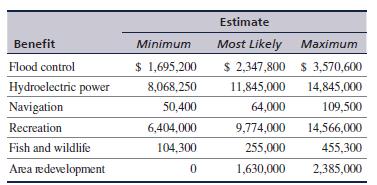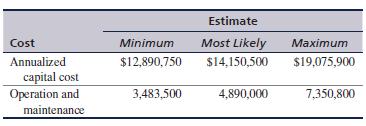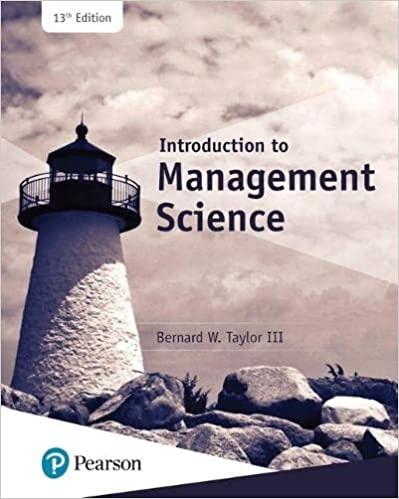The U.S. Army Corps of Engineers has historically constructed dams on various rivers in the southeastern United
Question:
The U.S. Army Corps of Engineers has historically constructed dams on various rivers in the southeastern United States. Its primary instrument for evaluating and selecting among many projects under consideration is benefit–cost analysis. The Corps estimates both the annual benefits deriving from a project in several different categories and the annual costs and then divides the total benefits by the total costs to develop a benefit–cost ratio. This ratio is then used by the Corps and Congress to compare numerous projects under consideration and select those for funding.
A benefit–cost ratio greater than 1.0 indicates that the benefits are greater than the costs; and the higher a project’s benefit–cost ratio, the more likely it is to be selected over projects with lower ratios.
The Corps is evaluating a project to construct a dam over the Spradlin Bluff River in southwest Georgia. The Corps has identified six traditional areas in which benefits will accrue: flood control, hydroelectric power, improved navigation, recreation, fish and wildlife, and area commercial redevelopment. The Corps has made three estimates (in dollars) for each benefit—a minimum possible value, a most likely value, and a maximum benefit value. These benefit estimates are as follows:

There are two categories of costs associated with a construction project of this type—the total capital cost, annualized over 100 years (at a rate of interest specified by the government), and annual operation and maintenance costs. The cost estimates for this project are as follows:

Using Crystal Ball, determine a simulated mean benefit– cost ratio and standard deviation.
What is the probability that this project will have a benefit– cost ratio greater than 1.0?
Step by Step Answer:






